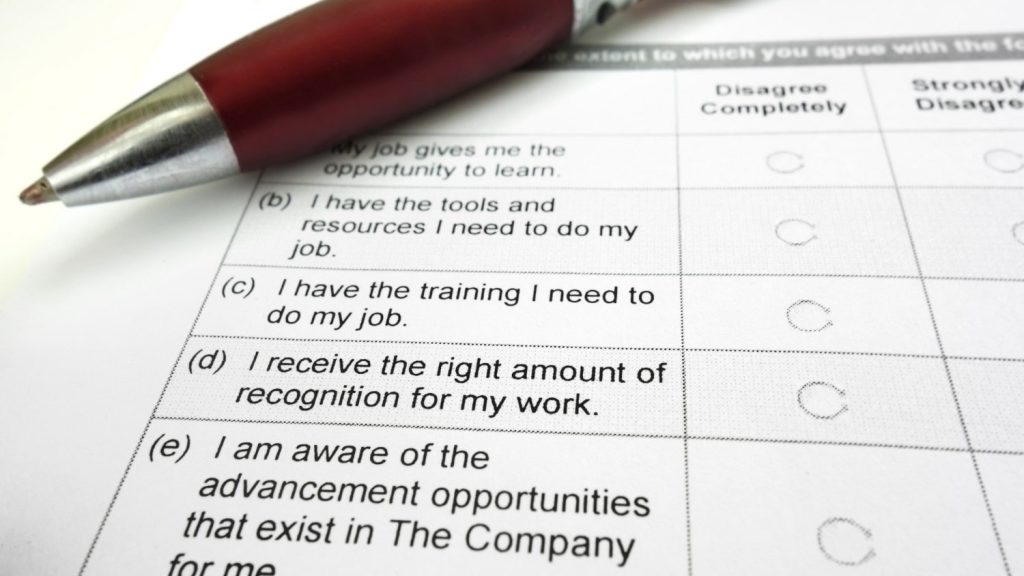According to a Gartner study, only 13% of employees highlighted that they are satisfied with their experience. In fact, another study done on 18,000 employees found that only 29% were satisfied with their work collaboration.
Lower employee satisfaction directly impacts your business growth with higher turnover, reduced productivity, and difficulty in attracting top talent. It becomes essential to understand what’s driving employee dissatisfaction and take action to fix it. That’s where an employee experience survey comes in.
In this guide, we show you exactly how to create employee experience surveys that drive real results step by step. You’ll learn which questions to ask, along with the best practices and tips to analyze and act on those survey results effectively.
Key Takeaways:
- Complete journey focus: Employee experience surveys measure the entire employee journey, not just job satisfaction or single moments in time.
- Better impact: Well-designed surveys can significantly reduce turnover when paired with concrete action plans and follow-through.
- Timing matters: Quarterly pulse surveys work better than annual deep dives for staying connected to employee sentiment and catching issues early.
- Action drives value: The real value comes from turning survey data into concrete workplace improvements that employees can see and feel.
- Follow-through is key: Post-survey action planning determines whether your survey investment pays off in improved retention and engagement.
What is an Employee Experience Survey?
An employee experience survey is a structured feedback tool that measures how employees feel about their entire journey at your organization. Unlike satisfaction surveys that focus on happiness with current conditions, these surveys examine the complete employee relationship from onboarding through career development to potential departure.
These surveys cover multiple touchpoints in the employee lifecycle. They ask about job satisfaction, workplace culture, leadership effectiveness, growth opportunities, work-life balance, and organizational support systems. The goal is to get a complete picture of what it’s really like to work at your company.
For example, while a satisfaction survey might ask “Are you happy with your job?”, an employee experience survey digs deeper with questions like “Do you feel your manager supports your career growth?” or “How likely are you to recommend this company to a friend as a great place to work?” This broader approach helps you identify specific areas for improvement rather than just measuring general contentment.
Now that you know what these surveys are, let’s see why they should be on your HR priority list.
Why are Employee Experience Surveys Important for Businesses?

Organizations that regularly measure employee experience see measurable improvements in retention, productivity, and overall business performance. These surveys provide the data you need to make informed decisions about workplace policies, management training, and cultural initiatives.
Here’s why employee experience surveys matter for your organization:
- Reduce employee turnover: Early identification of issues before they lead to resignations saves significant recruitment and training costs.
- Increase productivity: Engaged employees are 23% more productive according to Gallup research and take fewer sick days.
- Improve decision-making: Data-driven insights replace guesswork in HR strategy and resource allocation decisions.
- Enhance company culture: Regular feedback helps shape positive workplace environments that attract top talent.
- Strengthen retention: Employees who feel heard are 4.6 times more likely to feel empowered to perform their best work.
- Drive innovation: Psychological safety measured through surveys correlates strongly with creative output and problem-solving.
The value of employee experience surveys is clear, but what topics to cover in these surveys.
What should you include in an Employee Experience Survey?
Effective employee experience surveys cover the key moments and relationships that shape how people feel about working at your organization. The best surveys balance comprehensive coverage with reasonable length to maintain high completion rates.
Focus on these main categories that directly impact employee satisfaction and retention:
- Job satisfaction and role clarity: Daily work experience, task variety, workload management, and clear role expectations.
- Management and leadership: Direct supervisor support, organizational leadership effectiveness, and communication quality from management.
- Career development: Growth opportunities, skill development programs, promotion processes, and mentorship availability.
- Work-life balance: Schedule flexibility, workload reasonableness, respect for personal time, and remote work policies.
- Company culture: Values alignment, inclusion efforts, team collaboration, and overall workplace atmosphere.
- Communication: Information flow transparency, feedback mechanisms, and how well the company updates reach employees.
- Recognition and rewards: Appreciation programs, compensation fairness, and acknowledgment of good work.
- Workplace environment: Physical or remote workspace quality, available resources, and technology tools.
Knowing what to ask in your survey is helpful, but it’s also essential to know how you can turn those topics into a survey that employees will actually complete.
How to Create an Effective Employee Experience Survey?

Creating surveys that employees actually complete and that generate useful insights requires careful planning and attention to design details. Many organizations rush this process and end up with low response rates or data that doesn’t lead to actionable improvements.
Follow this systematic approach to survey creation:
Step 1: Define Clear Objectives
Start by identifying what specific insights you want to gain from your survey. Are you trying to understand why turnover is high in certain departments? Do you want to measure the impact of a recent policy change? Clear objectives help you write focused questions and avoid survey bloat that reduces completion rates.
Step 2: Choose the Right Survey Type
Annual comprehensive surveys work well for deep organizational insights, while quarterly pulse surveys help you track trends and catch emerging issues quickly. Event-triggered surveys after onboarding, promotions, or training can provide timely feedback on specific experiences.
Step 3: Design Thoughtful Questions
Mix question types to maintain engagement while gathering different types of data. Use Likert scales for measuring satisfaction levels, multiple-choice questions for preference questions, and open-ended questions sparingly for deeper insights. Keep total surveys under 20 questions to maintain higher completion rates.
Step 4: Ensure Anonymity and Confidentiality
Anonymous surveys consistently get higher response rates and more honest feedback, especially about sensitive topics like management effectiveness or workplace culture issues. Clearly communicate how you’ll protect employee privacy and what data will be shared in what format.
Want to create surveys that your employees actually want to complete? TeamLease provides expert support and implementation strategies that maximize both response rates and data quality.
Step 5: Plan your Communication Strategy
Explain why you’re conducting the survey, how the data will be used, and when employees can expect to see results and action plans. Transparency about the survey process increases participation and demonstrates your commitment to acting on feedback.
Step 6: Set Realistic Timelines
Allow 2-3 weeks for survey completion with gentle reminder communications. Rushing the data collection process often results in lower response rates and less thoughtful answers, especially for open-ended questions.
Now that you know the entire step-by-step process, let’s take a look at some specific questions that work best for each topic area.
What are the Best Employee Experience Survey Questions?

The most effective survey questions are specific, actionable, and directly related to experiences you can actually improve. Avoid vague questions like “Are you satisfied?” in favor of specific questions that point toward concrete solutions.
Here are proven question categories with examples:
Engagement and Satisfaction Questions
These questions measure emotional connection to work and the organization. Focus on questions that predict retention and discretionary effort rather than just general happiness.
Use these questions to measure employee engagement:
- How likely are you to recommend this company as a great place to work to a friend?
- Do you feel motivated to go above and beyond in your role?
- Are you proud to tell others you work here?
- Do you find your work meaningful and fulfilling?
- Would you choose to work here again if you had the opportunity?
- Do you feel excited about coming to work most days?
Management and Leadership Questions
Manager relationships are one of the strongest predictors of employee satisfaction and retention. These questions should focus on specific management behaviors you can coach and develop.
Ask these questions about management effectiveness:
- Does your manager provide clear direction and expectations for your role?
- Do you receive regular, helpful feedback on your performance?
- Does leadership communicate company goals and changes effectively?
- Do you feel comfortable discussing problems with your direct manager?
- Does your manager support your career development and growth?
- Are decisions made by leadership transparent and fair?
Growth and Development Questions
Career development concerns are among the top reasons people leave organizations. These questions help you identify whether employees see a future at your company and feel supported in their professional growth.
Include these questions about career development:
- Do you see a clear career path at this organization?
- Are you satisfied with the learning and development opportunities available to you?
- Does your current role make good use of your skills and strengths?
- Do you receive adequate training to do your job well?
- Are promotion processes fair and transparent at this company?
- Does your manager help you identify areas for skill improvement?
Work Environment Questions
These questions address the practical aspects of the work experience that directly impact daily satisfaction and productivity. Focus on elements you can actually control and improve.
Consider these workplace environment questions:
- Do you have the tools and resources needed to do your job effectively?
- Is your workload manageable most of the time?
- Do you feel psychologically safe to express your opinions and ideas?
- Is your workspace comfortable and conducive to productivity?
- Do you feel your compensation is fair for your role and experience?
- Are company policies clear and consistently applied?
Once your survey is done, it’s time to analyze the results. Let’s take a look at some effective tips and strategies to analyze your employee experience survey results.
Best Practices and Tips to Analyze Survey Results

Collecting survey responses is only the beginning. The real value comes from analyzing the data effectively and creating action plans that address the issues your employees identified. Many organizations fail at this crucial step, leading to survey fatigue and cynicism.
Follow these proven methods to get the most value from your survey data:
- Segment your data by groups: Break down responses by department, tenure, role level, and location to identify patterns and differences between teams.
- Compare against previous surveys: Track trends over time to measure the impact of changes you’ve implemented and spot emerging issues early.
- Focus on open-ended responses: Read through written comments to find themes and root causes that numbers alone can’t reveal.
- Calculate key metrics: Use employee Net Promoter Score (eNPS) and satisfaction averages to benchmark against industry standards.
- Prioritize by impact: Focus first on issues affecting the most employees or areas that directly impact customer service and productivity.
- Share results transparently: Communicate findings with all employees within 4-6 weeks, not just leadership teams or HR departments.
- Set specific improvement goals: Replace vague commitments with concrete actions like “monthly team meetings” or “quarterly feedback training for managers.”
- Assign clear ownership: Give each action item a specific person responsible and a realistic deadline for completion.
- Track progress regularly: Check in every 90 days to measure improvement and adjust your approach based on what’s working.
Ready to turn your survey data into workplace improvements that employees will actually notice? TeamLease offers action planning guidance and change management support to help you implement meaningful changes based on your survey insights.
Conclusion
Employee experience surveys are powerful tools for creating workplaces where people want to stay and do their best work. The organizations that succeed treat surveys as ongoing conversations with their workforce rather than annual compliance exercises.
Remember that surveys don’t improve employee experience by themselves. Your response to the feedback determines whether you’ll see improvements in engagement, retention, and productivity. Focus on asking the right questions and commit to acting on what you learn.
TeamLease Digital helps organizations design and implement employee feedback programs that drive real cultural change and business results. Contact us today to start building a workplace culture that attracts and keeps your best people.
FAQs
1. How often should you run employee experience surveys?
Most organizations see the best results with annual comprehensive surveys supplemented by quarterly pulse surveys. This approach provides detailed insights without creating survey fatigue among employees.
2. Should employee experience surveys be anonymous or confidential?
Anonymous surveys consistently generate more honest feedback, especially about sensitive topics like management effectiveness. Use confidential surveys only when individual follow-up conversations are necessary.
3. How can you increase employee participation in surveys?
Communicate the survey purpose clearly, guarantee anonymity, share results from previous surveys and actions taken. Multiple reminder communications and leadership endorsement also improve participation rates.
4. What’s the difference between satisfaction and experience surveys?
Satisfaction surveys measure contentment with current conditions and job happiness. Experience surveys examine the entire employee relationship and journey with your organization comprehensively.
5. What happens if survey results reveal serious workplace problems?
Address critical issues immediately while developing longer-term solutions for systemic problems. Transparent communication about your improvement plan helps maintain employee trust during difficult changes.
6. Which survey platform works best for employee experience measurement?
Choose platforms offering customizable templates, real-time analytics, mobile-friendly interfaces, and integration capabilities. The best tool depends on your organization’s size and technical requirements.







